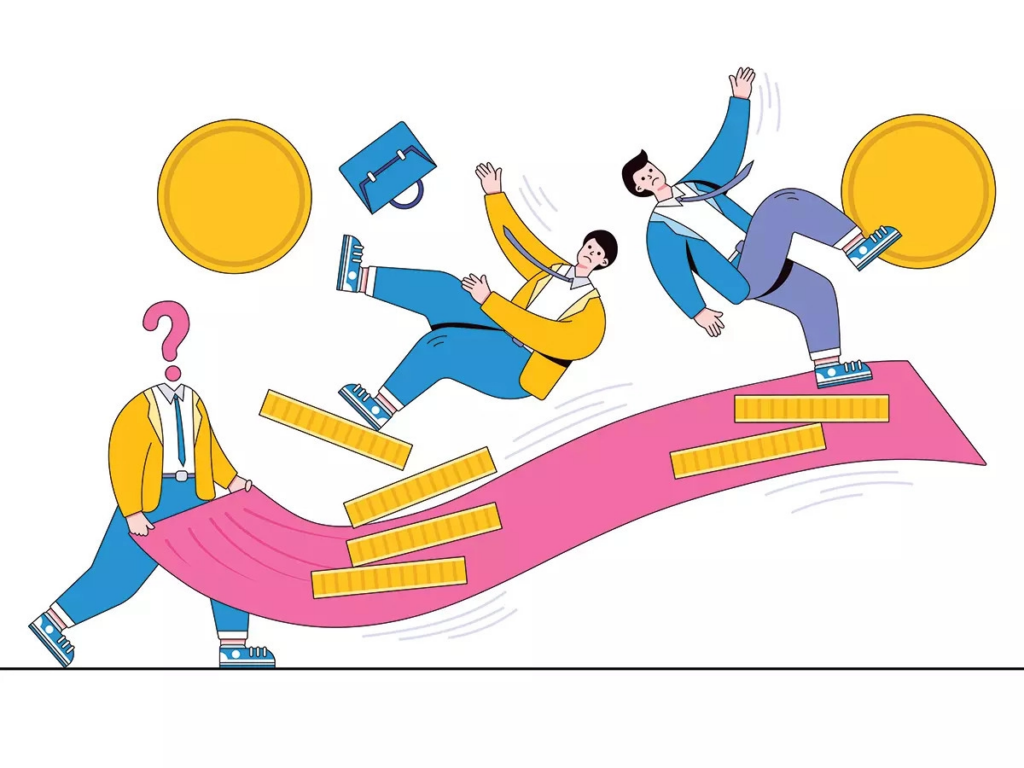Introduction
The crypto currency market offers enormous investment opportunities, but it is also rife with scams. Among the most notorious are rug pulls, where developers abandon a project after raising funds, leaving investors with worthless tokens. These fraudulent schemes have caused millions in losses and continue to threaten investors who fail to conduct proper due diligence.
In this article, we will explore what a rug pull is, how it works, different types of rug pulls, notable examples, and how to protect yourself from falling victim to these scams.
What is a Rug Pull in Crypto?

A rug pull is a type of exit scam where the creators of a cryptocurrency project raise money from investors and then disappear, taking the funds with them. The term “rug pull” comes from the phrase “pulling the rug out from under investors,” leaving them with devalued or unsellable tokens.
Types of Rug Pulls
- Liquidity Theft – Developers remove all liquidity from a decentralized exchange (DEX), making it impossible for investors to sell their tokens.
- Dumping Tokens – Developers pre-mint a large number of tokens, then sell them all at once, causing a market crash.
- Malicious Code or Backdoors – Smart contracts contain hidden functions that allow developers to manipulate or disable transactions, preventing investors from selling their holdings.
- Hard Rug Pull – The project is deliberately designed as a scam, with no intention of delivering any real utility or value.
- Soft Rug Pull – Developers slowly drain project funds over time, disguising their exit as operational expenses or failed development plans.
How Rug Pulls Work
Rug pulls typically follow a pattern that lures investors in before the developers disappear with their money. Here’s how they unfold:
- Creating Hype: Developers promote their project aggressively through social media, influencers, and crypto communities.
- Attracting Investors: By promising high returns, exclusive benefits, and revolutionary technology, they persuade people to invest.
- Artificial Price Inflation: Developers manipulate the market by restricting sales, faking partnerships, or buying their own tokens to drive up demand.
- Liquidity Drain or Token Dump: Once enough money is raised, developers either remove liquidity or sell all their tokens at once.
- Project Disappearance: The team deletes websites, Telegram groups, and social media accounts, leaving investors stranded with worthless assets.
Real-Life Examples of Rug Pulls

Squid Game Token (SQUID) – 2021
- Claimed to be inspired by the Netflix show Squid Game.
- Price skyrocketed from $0.01 to over $2,800 before developers rug-pulled.
- Investors could buy the token but could not sell it due to a hidden smart contract function.
Meerkat Finance – 2021
- Raised $31 million on Binance Smart Chain.
- Developers claimed they were “hacked” before disappearing with investor funds.
Lunar (LNR) – 2022
- Promoted by influencers as the “next big thing.”
- Developers dumped tokens, causing a 99% price drop.
How to Spot and Avoid Rug Pulls
Red Flags of a Rug Pull
- Anonymous or Fake Team – If developers do not reveal their identities, be cautious.
- No Audited Smart Contracts – A lack of third-party audits increases scam risk.
- Unrealistic Price Promises – Claims like “100x gains guaranteed” are warning signs.
- No Locked Liquidity – If liquidity is not locked, developers can withdraw all funds at any time.
- Suspicious Tokenomics – If developers own a large percentage of supply, they may dump them later.
- No Real-World Use Case – Projects with no clear purpose beyond speculation are riskier.
How to Protect Yourself
- Research the Team – Check LinkedIn profiles and previous projects.
- Verify Smart Contract Audits – Use services like CertiK or SolidProof.
- Check Liquidity Lock – Use tools like Unicrypt to see if liquidity is locked.
- Be Skeptical of Influencer Hype – Many influencers promote scams for money.
- Use Reputable Platforms – Invest in projects launched on trusted platforms.
- Analyze Token Distribution – If developers hold a significant portion of tokens, they may dump them later.
- Review Whitepapers Carefully – Scam projects often copy-paste whitepapers from other sources.
The Impact of Rug Pulls on the Crypto Market

Rug pulls not only harm individual investors but also damage the overall reputation of the cryptocurrency industry. When high-profile scams occur, it leads to:
- Loss of investor confidence – People become more hesitant to invest in new projects.
- Regulatory scrutiny – Governments and financial authorities may impose stricter regulations on crypto projects.
- Decline in market growth – Fewer investors means fewer innovations and legitimate projects struggling to gain traction.
Can Crypto Investing Be Safe?
While rug pulls are a major concern, not all crypto projects are scams. Many legitimate projects have built strong ecosystems and delivered value to their investors. The key to safe investing is proper due diligence and risk management.
Tips for Safe Crypto Investments
- Use KYC-Compliant Platforms – Many reputable platforms require developers to complete KYC (Know Your Customer) verification.
- Look for Third-Party Escrows – Some projects use smart contracts that release funds only if specific conditions are met.
- Check Community Engagement – A strong, active community is a sign of a legitimate project.
- Avoid Rushed Investments – Scammers pressure investors into making quick decisions.
- Verify Smart Contract Code – Open-source projects with transparent code are more trustworthy.
- Monitor Developer Activity – Consistent updates and open communication are indicators of a genuine project.
Conclusion
Rug pulls have cost investors billions of dollars in losses. While the cryptocurrency market offers significant opportunities, it is crucial to stay vigilant and conduct thorough research before investing. By understanding the warning signs and using protective strategies, investors can avoid scams and focus on legitimate opportunities.
Final Tip
If a project seems “too good to be true,” it probably is. Always DYOR (Do Your Own Research) before investing.




